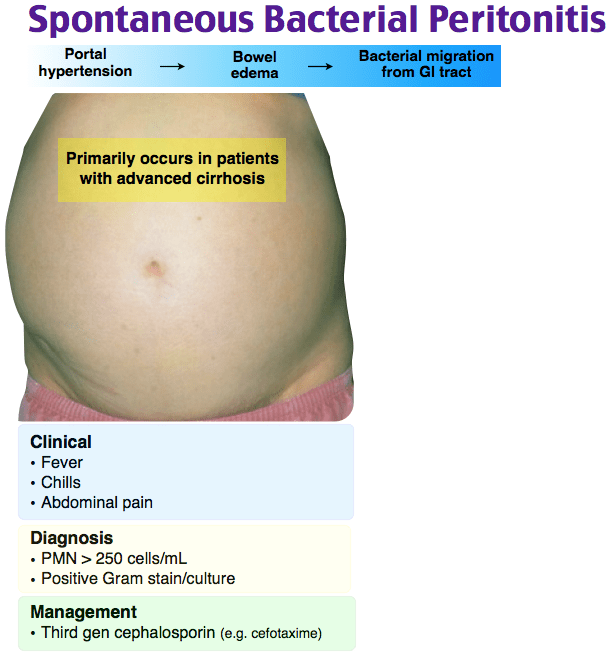A spouse expresses frustration when trying to communicate with a client with Parkinson's disease (PD). What can the nurse do to facilitate communication between the client and spouse?
Recommend that the client and spouse learn sign language.
Have the client exaggerate the pronunciation of words.
Suggest the spouse speak in a louder tone of voice.
Suggest communication by writing.
The Correct Answer is D
Choice A reason: Learning sign language can be beneficial but may not be practical or immediately helpful for the client and spouse dealing with communication issues due to PD.
Choice B reason: Exaggerating the pronunciation of words may help some clients with PD, but it can also be tiring and not effective for all, especially if the client has significant speech difficulties.
Choice C reason: Speaking in a louder tone of voice does not necessarily improve communication with a person who has PD, as the issue often lies with the client's ability to speak, not with hearing.
Choice D reason: Writing can be an effective way for clients with PD to communicate, especially if they have difficulty speaking or being understood. It allows for clear communication without the need for verbal articulation.
Nursing Test Bank
Naxlex Comprehensive Predictor Exams
Related Questions
Correct Answer is B
Explanation
Choice A reason: Petechiae are small red or purple spots caused by bleeding into the skin, typically associated with platelet disorders, and are not a direct indicator of SBP.
Choice B reason: Increased abdominal pain is a common symptom of SBP, as the condition causes inflammation and irritation of the peritoneum, which can lead to significant discomfort.
Choice C reason: Jaundice is a sign of liver dysfunction but is not specific to SBP. It results from high levels of bilirubin in the blood and can occur in various liver diseases.
Choice D reason: Blood in emesis (vomiting) may indicate gastrointestinal bleeding, which can be a complication of cirrhosis but is not specific to SBP.

Correct Answer is B
Explanation
Choice A reason: Impaired elimination may be a concern with pancreatitis due to potential complications affecting the gastrointestinal tract, but it is not the immediate priority.
Choice B reason: Fluid imbalance is the most critical issue in acute pancreatitis, as evidenced by inelastic skin turgor and concentrated urine, indicating dehydration, which can exacerbate the condition and lead to hypovolemic shock.
Choice C reason: Fever may be present due to inflammation or infection, but the temperature provided is not indicative of a significant fever and is not the priority over fluid imbalance.
Choice D reason: Nausea is a symptom of acute pancreatitis and while it needs to be managed, it is not the priority over fluid imbalance.
Whether you are a student looking to ace your exams or a practicing nurse seeking to enhance your expertise , our nursing education contents will empower you with the confidence and competence to make a difference in the lives of patients and become a respected leader in the healthcare field.
Visit Naxlex, invest in your future and unlock endless possibilities with our unparalleled nursing education contents today
Report Wrong Answer on the Current Question
Do you disagree with the answer? If yes, what is your expected answer? Explain.
Kindly be descriptive with the issue you are facing.
